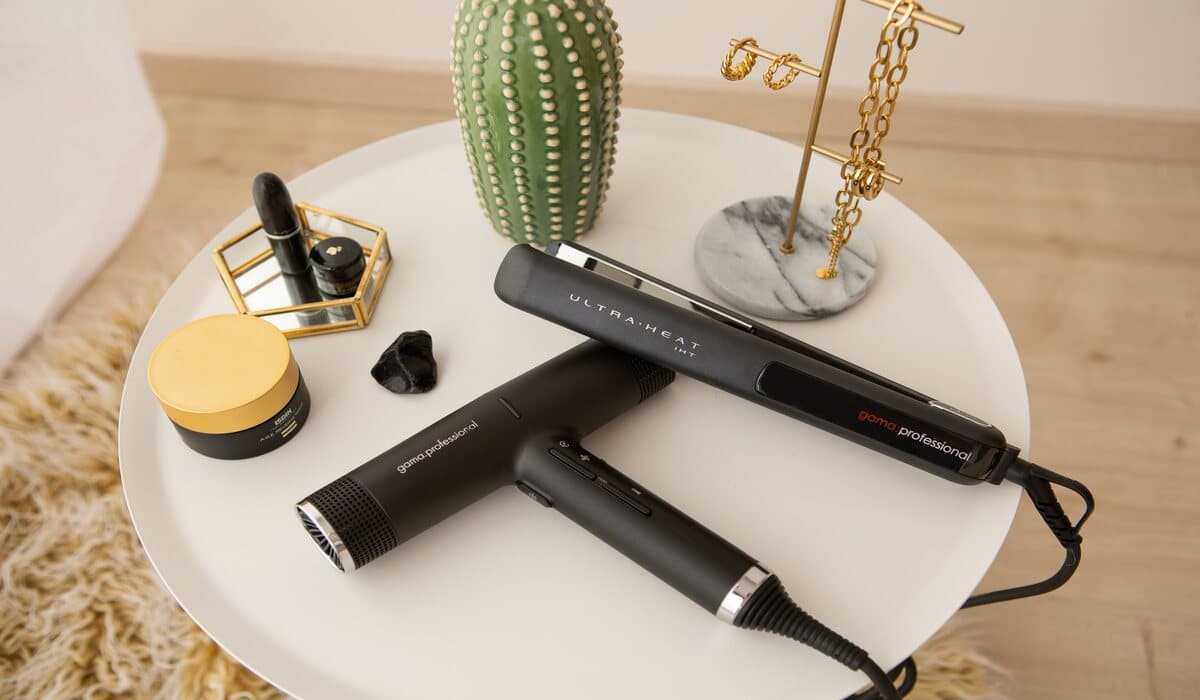Table of Contents
What are the similarities between paint thinners, oven cleaners, and chemical hair relaxers? They are all made with sodium hydroxide, or lye, a versatile but highly caustic chemical utilized in the production of a wide range of items. Due to the presence of lye in hair relaxers, they can cause damage to hair and scalp when used incorrectly and can even lead to hair loss. If this happens to you, consult a lawyer and ask about a Hair product cancer lawsuit today.
How hair relaxers work
To straighten hair, hair relaxers penetrate the cuticle (the inner layer of hair) and the cortex (the outer layer of the hair shaft) to loosen the hair’s natural curl structure. The result is hair that is weak, fragile, and easily damaged. Hair relaxers can also cause skin irritation, permanent damage to your scalp, and hair loss.
The use of hair relaxers dates back to the early 1800s, and they are one of the African-American women’s go-to styling products. Even though chemical hair relaxers are known to have harmful and common side effects, they are incredibly effective and efficient at straightening hair. They are quick and effective, and they last for weeks.
If you have decided to go for relaxed hair, here are a few tips to help reduce hair loss and scalp damage.
Protect your scalp
The adverse effects of hair relaxers are compounded by inappropriate usage, according to the United States Food and Drug Administration (FDA). The ideal strategy is to have the therapy administered by an experienced specialist. If you want to do it yourself, never use relaxers on a damaged scalp or unhealthy hair. You should also avoid leaving a hair relaxer on your hair for longer than recommended and never leave a relaxer in your hair long enough to experience burning or tingling. Make every effort to keep the chemicals away from your skin. Applying petroleum jelly to your scalp before applying the relaxer can help prevent chemical burns.
Do not double-process your hair
Try not to dye and relax your hair at the same time. The combination of peroxide in hair color and lye in relaxers can cause serious hair and scalp damage. Avoid relaxing your hair if it is already brittle, breaking, or bleached. Wait a few months before relaxing again to allow your roots to develop.
Handle your hair with care
Handle it with care to provide moisture to your strands. Deep conditioning your hair once a week will keep it moisturized. Also, avoid using heat-styling products such as blow dryers and flat irons. Applying heat can further damage and break chemically treated hair. You should also avoid tight braids and ponytails that tug at the hairline. Wearing tight styles that tug on your hairline regularly might result in traction alopecia, a kind of hair loss.
Photo by Andrea Donato on Unsplash


